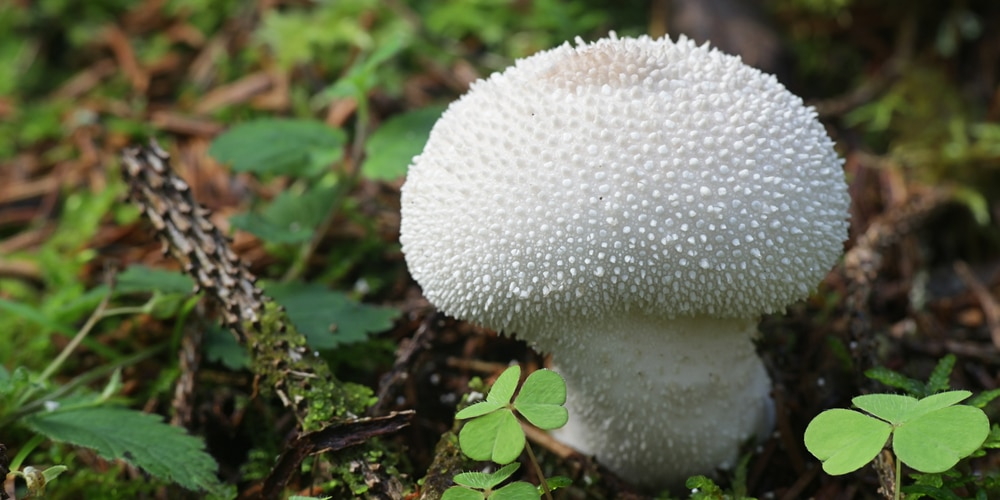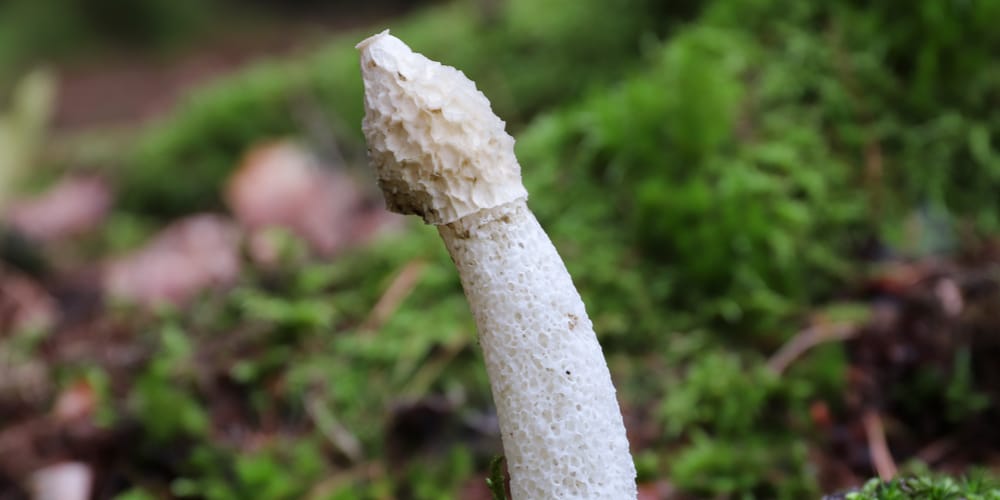White fungus balls are a slime mold, which is harmless but should not be left to take over your garden. They range in textures and sizes, including white eggs clusters and big puffy balls. They appear differently depending on the breeding environment and type of fungi.
When the balls are dissected, they reveal spores on the inside. While they are not a cause of major concern, you may consider keeping your seedlings away from them. They are not a good thing to keep in your garden.
White fungus balls form when organic matter decomposes. They may also occur in moist environments and tend to grow fast in surrounding that favor them. However, the fungus balls thrive quickly in organic matter and moisture combination.
Common types of white fungus balls
The fungus balls in your garden are likely to be puffball or stinkhorn fungus. However, they all grow in the same conditions, and it’s not easy to identify which one is has affected your garden.
Puffball
Puffball fungi are puffy, fuzzy, and have a round shape. They look like a ball and are over twenty different species. Their characteristics include color and shape varies among the species.
These fungi balls have a distinguishing feature: a lack of visible stalks and stems. They develop in soil with excessive decaying, rotting, or dead organic matter.
If not removed, they may result in mold and other dangerous consequences. The most effective way to remove puffball fungus is to remove decaying and rotting matter in the soil.
Stinkhorn
Stinkhorn is one family of fungi and does not have multiple species. The fungus balls are from the Phallaceae fungi family, and they are easily identified due to their foul smell along with sticky pores.
They are also caused by large amounts of decaying and rotting organic matter. They grow big and tall and smell terrible. These are the two significant reasons to remove them from your garden. Dispose of the rotten and decayed organic matter, and your plants will stay healthy.
What do white fungus balls do to the soil?
White fungus balls are beneficial to the soil in several ways. Some of the great benefits of white fungus balls include:
Enhanced Drainage
All plants need well-drained soil to grow properly. The white fungus balls maintain a proper drainage system and trap air. This enables various plants to flourish in the soil.
Upgraded soil structure
White fungus balls balance nutrients deficiency in the soil. This allows quick grabbing of nutrients and water, which most crops need.
Improves root formation
White fungus balls neutralize the pH of the soil, which is essential for root formation. Besides, it is also suitable for root cutting.
Supports better growth
White fungus balls support the growth of plants through improved drainage and aerate the soil for maximum air circulation. The soil holds water and nutrients without causing water to flood around your plants.
Optimum moisture
White fungus balls maintain the proper temperature for plants. This ensures your crops have sufficient moisture without attracting pests that thrive in moist environments.
The lifespan of white Fungus in the soil
White fungus balls can last on the soil for years as long as the environment favors them. Some people even try to remove them physically, but that cannot eliminate them completely. Fungi have mycelium, a thread structure, which weaves underground and remains dormant for a long time. The fungus balls become visible when the conditions allow them to thrive.
Fungus flourishes in the presence of decaying organic matter. While fungus balls are not known to die of hunger, they may not do well in indoor pots. They eventually die when they lack some to feed on.
What causes Fungus to grow in a garden?
All fungus balls grow in specific conditions. They include the following:
- Plenty of moisture
- Warm weather
- Humid environment
- Little sunlight
- Fungi adapt to their environment and hardly give up. If the environment meets any required conditions, fungus balls will thrive. They tend to do well if your garden has plenty of decaying or dead organic matter. Besides that, they arise after a windy season because the wind disperses spores.
White fungus balls in soil: Conclusion
While there is no one-time method to eliminate fungus, you can do a few things to stop them from spreading and increasing in your garden.
Start by spreading the soil and allowing it to dry out. Also, remove the organic matter and if the fungus balls are in pots, place them in the sun outside.
Related Article: Do Mushrooms Grow in the Dark?

